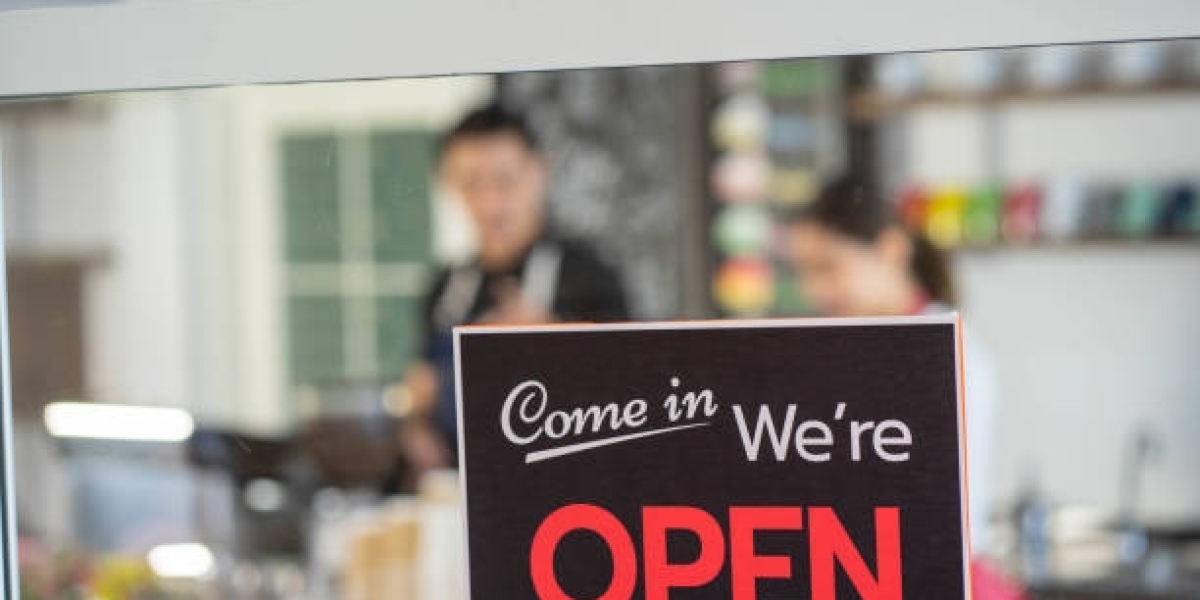Although everyone experiences pain, different cultures have different perspectives on how to perceive, express, and cope with it. People's experiences and treatment outcomes are influenced by the cultural beliefs, values, and practices that affect their understanding of and coping mechanisms with pain. Healthcare practitioners must comprehend cultural perspectives on pain in order to address gaps in pain management and deliver care that is sensitive to cultural differences. This article examines the variety of pain-related experiences seen in various cultural contexts, emphasizing the significance of cultural competence in the provision of healthcare.
Cultural Impact on the Perception of Pain:
Cultural Norms and Beliefs:
People's feelings of pain are greatly influenced by cultural norms and beliefs. Pain is perceived as a normal aspect of life in certain cultures, but it can also be interpreted as a sign of spiritual imbalance or weakness in others. These cultural precepts affect how people react to and communicate their pain.
Language and Communication:
Misunderstandings and insufficient pain management can result from language problems that impede patients' and healthcare professionals' ability to communicate about pain. Language cultural quirks may also influence how people express their pain, which may have an impact on the diagnosis and course of treatment.
Social and Familial Influences:
In a cultural setting, how pain is viewed and dealt with is frequently greatly influenced by family and social networks. The expectations that cultures have about gender roles, family responsibilities, and social support systems affect how people deal with pain and seek help.
Cultural Differences in the Expression of Pain:
Verbal Expression:
People who freely share their symptoms and seek medical assistance are encouraged to express their pain in certain cultures. On the other hand, people from cultures that place a higher importance on stoicism and constraint could minimize their discomfort or put off getting treatment until it gets really bad.
Non-Verbal Cues:
The ways in which different cultures express pain through facial expressions, body language, and vocalizations are examples of non-verbal cues. Nonverbal communication is one way that people communicate their pain because of cultural conventions surrounding emotional expression and physical discomfort.
Cultural Syndromes:
Idioms or syndromes of suffering peculiar to a certain culture are present in some societies. For instance, in Latin American cultures, the term "nervios" refers to a variety of mental and physical symptoms, including pain, associated with stress and interpersonal interactions.
Cultural Aspects of Pain Treatment:
Traditional Healing Methods:
Herbal treatments, spiritual rites, or alternative pain relief techniques are all part of many cultures' traditional healing traditions. Patient satisfaction can be raised and cultural competency can be strengthened by incorporating these techniques into traditional healthcare.
Religious and Spiritual Beliefs:
Beliefs regarding the cause and significance of pain are frequently influenced by an individual's religious and spiritual beliefs. For instance, although some cultures perceive suffering as a punishment or a test of faith, others may see it as a chance for spiritual development and healing.
Stigma and Discrimination:
People's desire to seek treatment and follow medical advice might be impacted by cultural stigmas associated with pain and disease. Disparities in pain treatment and access to healthcare may result from the stigmatization of particular illnesses or cultural customs.
Cultural humility is a crucial aspect of healthcare providers' approach to pain management. They must acknowledge their own cultural prejudices and limits in comprehending various perspectives. Care that is culturally competent entails hearing about patients' experiences, honoring their cultural convictions, and working together to create customized treatment programs.
Taking Cultural Diversity Into Account in Pain Management
Cultural Assessment:
In order to understand patients' cultural ideas, attitudes, and preferences surrounding pain management, healthcare providers should conduct assessments that are sensitive to cultural differences. This entails posing open-ended inquiries, paying attention to the stories told by patients, and taking into account cultural variations in how people experience pain.
Language and Communication:
Accurate assessment and treatment of pain can be ensured as well as improved communication by overcoming language obstacles with the help of qualified interpreters or language support services.
Cultural competency Training:
In order to better comprehend the various cultural perspectives on pain and to be able to give care that is sensitive to cultural differences, healthcare practitioners should undergo cultural competency training.
Collaborative Care:
Culturally relevant pain management strategies can be facilitated by working together with patients, their families, and community resources. This could entail combining customary healing methods, adding cultural rites and ceremonies, and including healers and community leaders in the therapeutic pro
conclusion
In conclusion, different cultural viewpoints on pain represent the various ways that people perceive, communicate, and manage pain in relation to their cultural surroundings. Effective and compassionate pain management requires an understanding of and tolerance for these cultural differences. Healthcare professionals can mitigate pain management discrepancies among varied ethnic groups, improve treatment outcomes, and increase patient satisfaction by integrating cultural competence into their healthcare delivery.


